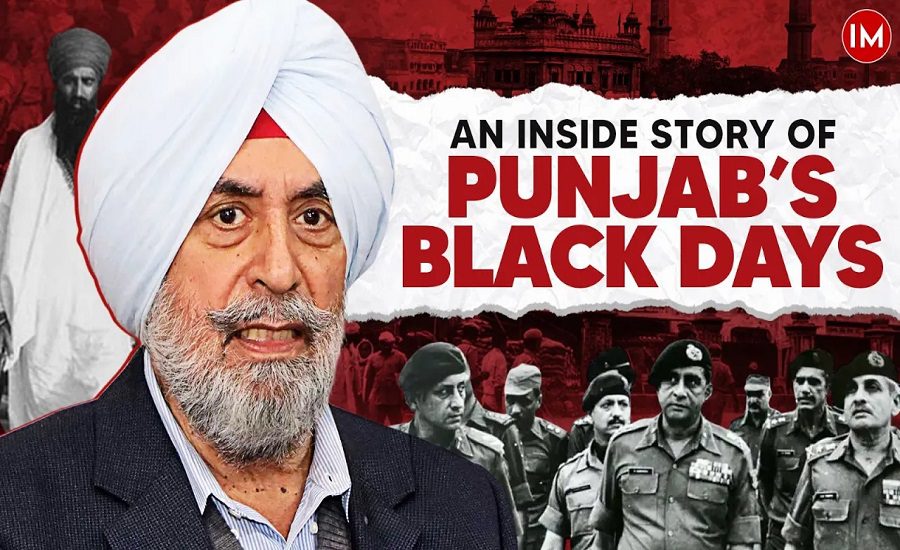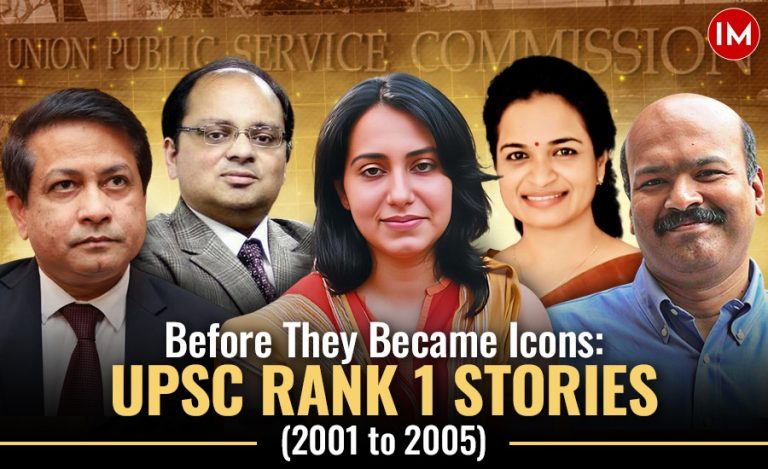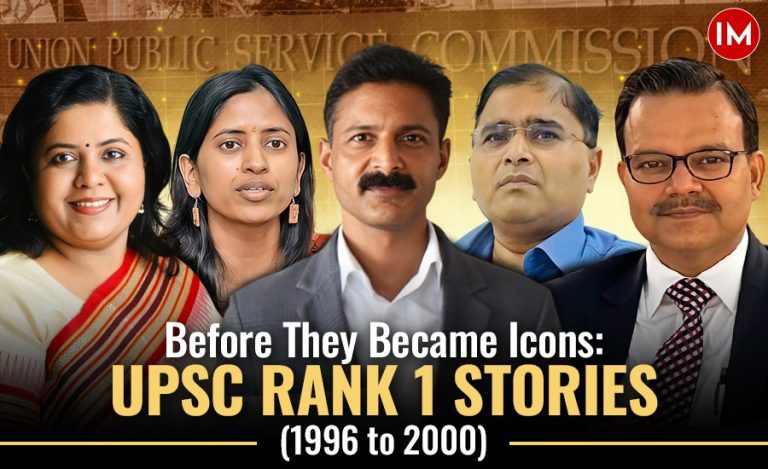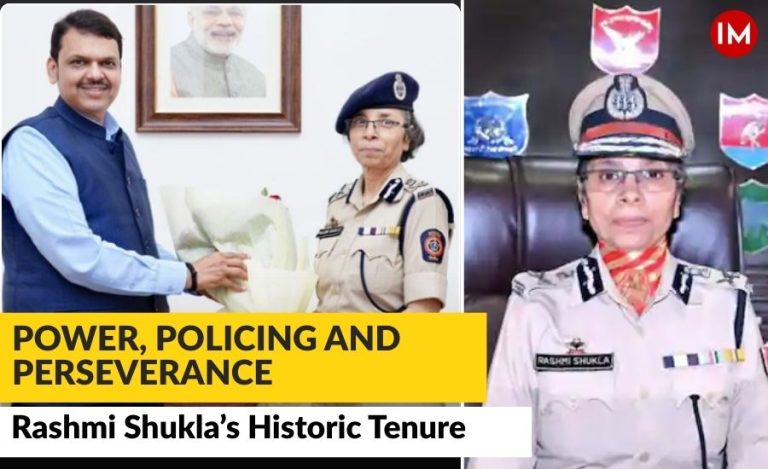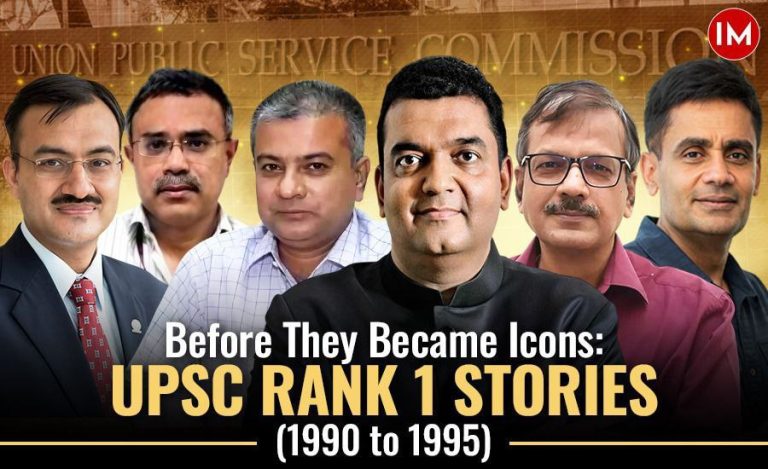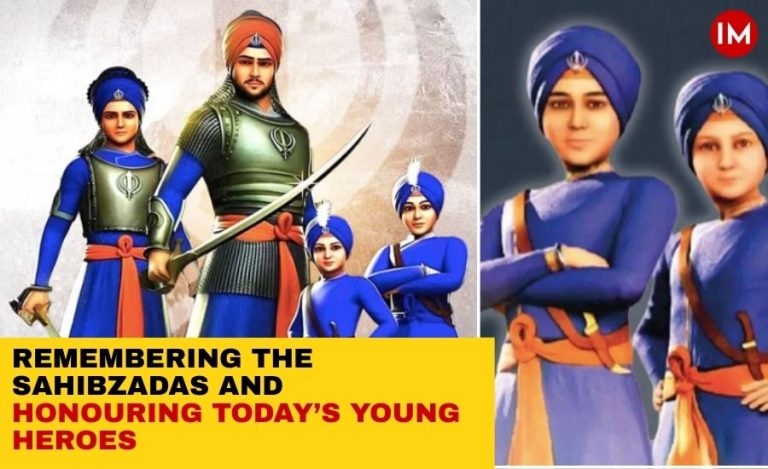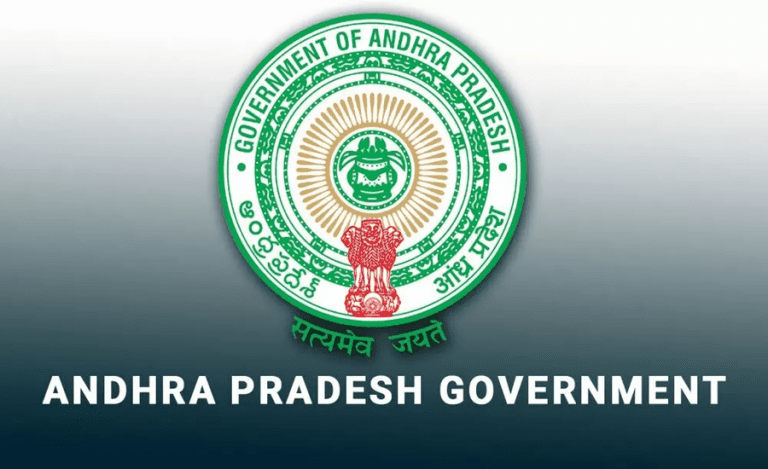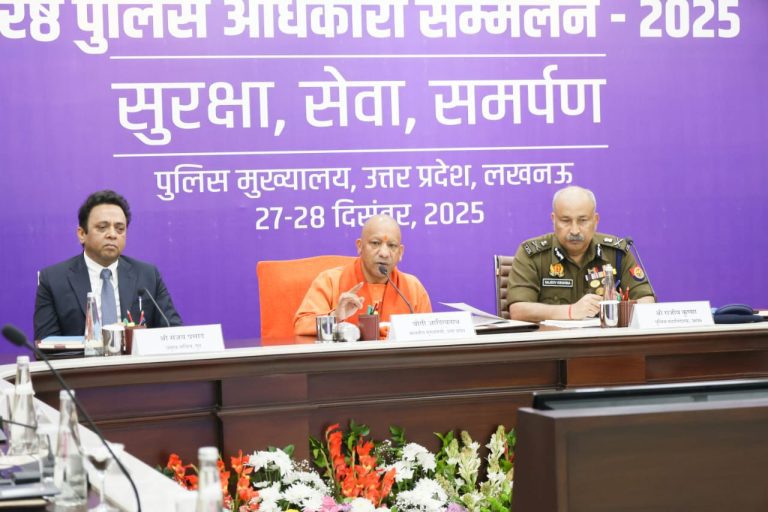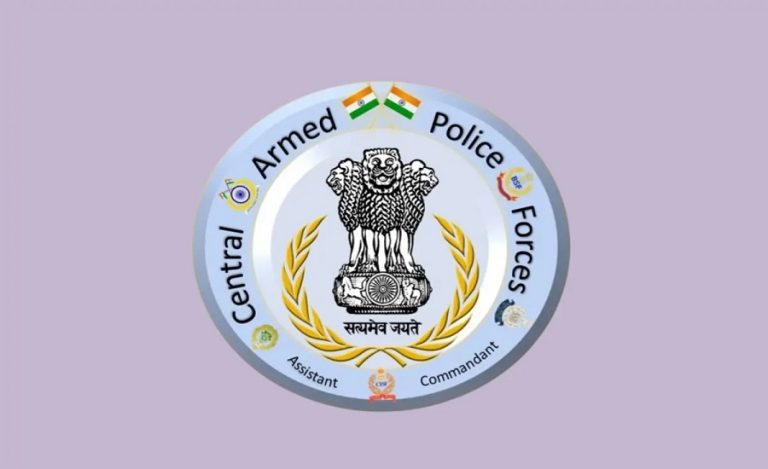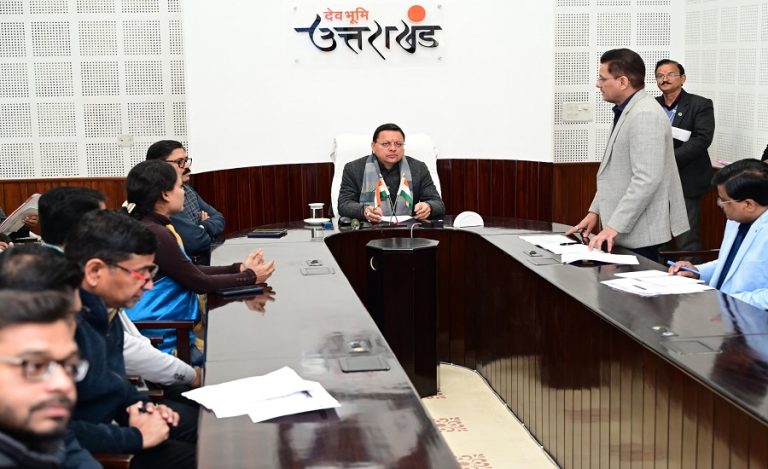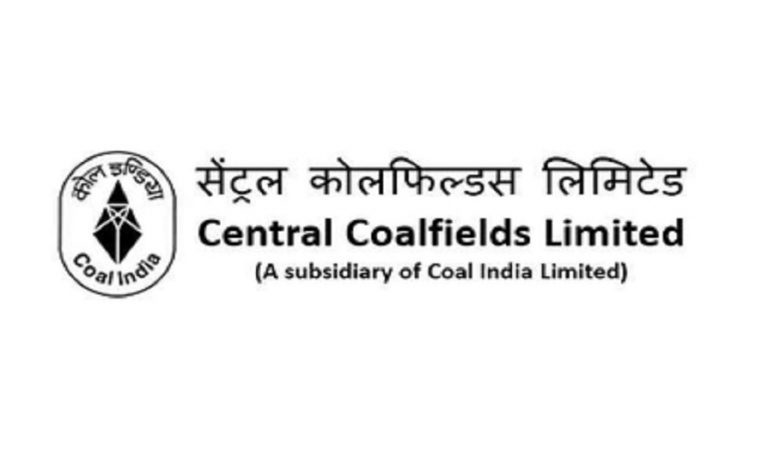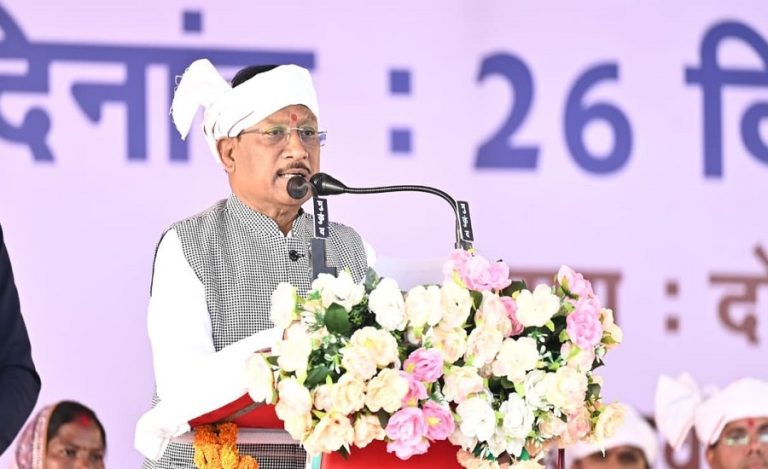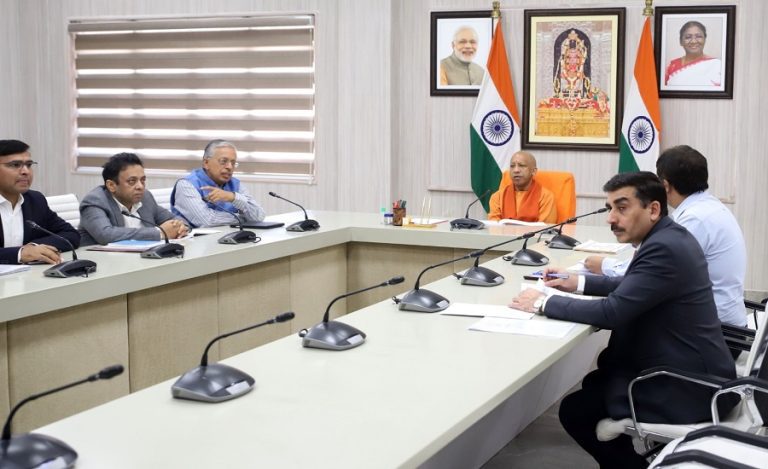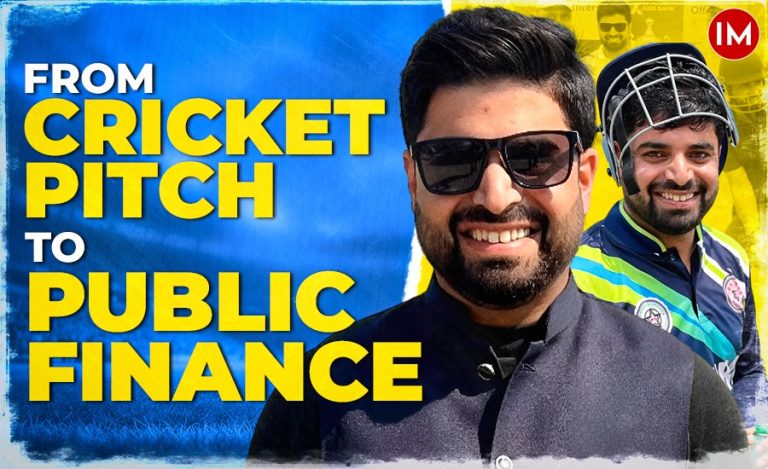Was Operation Bluestar avoidable? Could Golden Temple be saved? Could thousands of innocent lives be protected? Who was responsible for the genocide in Punjab? Could Indira Gandhi’s assassination be prevented? What was common between the seize of Saudi Arab’s Mecca Masjid and the Golden Temple? These are the questions that possibly altered the course of India’s history.
The then District Collector of Amritsar, Mr. Ramesh Inder Singh, a 1974-batch IAS officer, in a video interview with Indian Masterminds, deep dives into the history to answer all these perturbing queries.
Please watch the first part of a detailed interview with him by clicking here…
The year 1984 will be marked in India’s history in red ink. A lot of blood was shed in India that year. Over 2000 persons were killed in Operation Blue Star, launched by the Indian Army to flush out armed militants holed up in Amritsar’s Golden Temple—the most revered seat of the Sikh religion. For the first time the army wasn’t firing at the enemy, say the Chinese or Pakistanis, but at our own men – Indians. Sikh soldiers commanded by Sikh generals fired at Sikh militants, who too had been trained by a former Sikh general.
The instructions were not to damage the Golden Temple building. But, when militants trained by the champion of the Bangladesh war, Major General Shahbeg Singh, made life miserable for the army and commandos started falling like nine pins, the army used tanks to fire at Akal Takht, another holiest place, where Guru Granth Sahib is kept for the night.
A ‘skirmish’ that was supposed to have been a whirlwind operation of barely a few minutes turned into a full-fledged war that lasted more than two days. The ‘sacrilege’ prompted revolt in Sikh army units. Some of them drove in armored carriers with weapons towards Amritsar to avenge the ‘insult’.
That was somehow contained, but the community’s anger took the life of the then Prime Minister Indira Gandhi barely four months later. The fallout was one of the worst ethnic riots where Sikhs were targeted and killed in various parts of the country.
What was the genesis of the problem? What went wrong? Why were militants led by Sant Jarnail Singh Bhinderawala allowed to stockpile the deadliest of weapons inside the Golden Temple? Why did the Army launch Operation Blue Star almost on Guru Parab (Martyr Day of Guru Arjan Dev) when thousands of devotees were inside the Golden Temple? Why were devotees not allowed to escape/come out before army action began?
Was the Army aware of the Golden Temple’s topography and militants’ hideouts? What was the civilian government’s role during Operation Blue Star and its aftermath?
There is nobody who can answer these questions better than Mr. Ramesh Inder Singh, an IAS officer of the 1974 batch, who at the time of Operation Blue Star was posted in Amritsar as District Collector. He saw everything with his own eyes. He heard every bullet shot from his own ears. He was privy to all decisions—military or civilian—taken at that time.
He has penned a book, Punjab in Turmoil: Before and After Operation Blue Star, an Inside Story, on the subject. It has every detail one would want to know. Besides, he is also one of the 12 IAS/IFS officers of the 1974 batch who, as part of the Golden Jubilee celebrations of their batch, have recounted their memoirs in another book – Rear View: Tales of Administration and Diplomacy.

